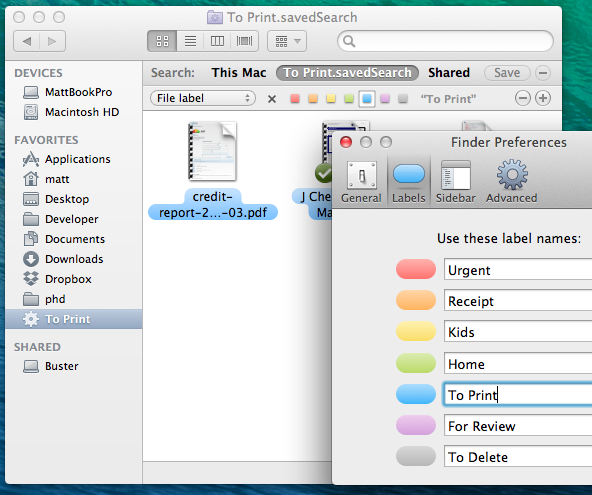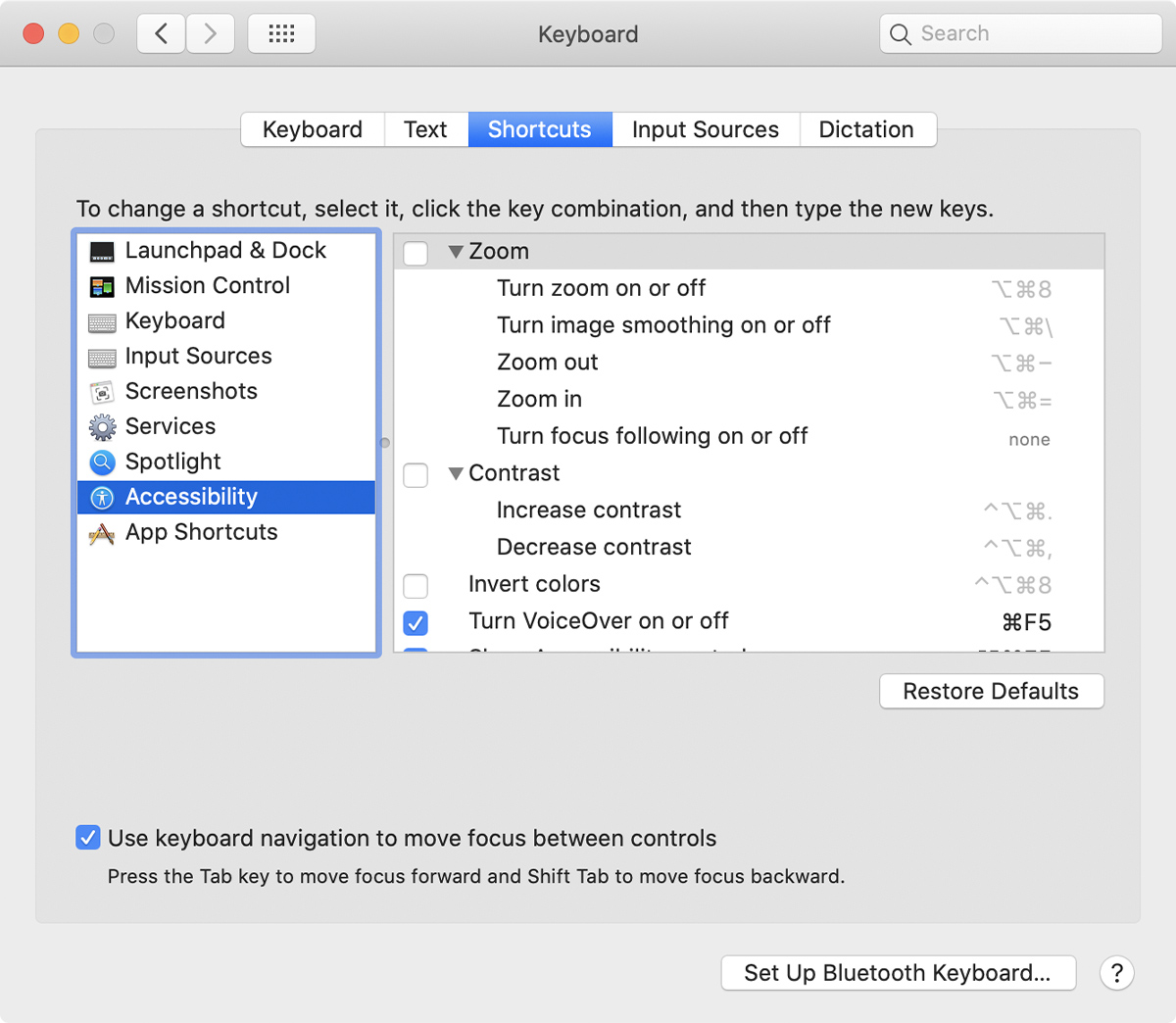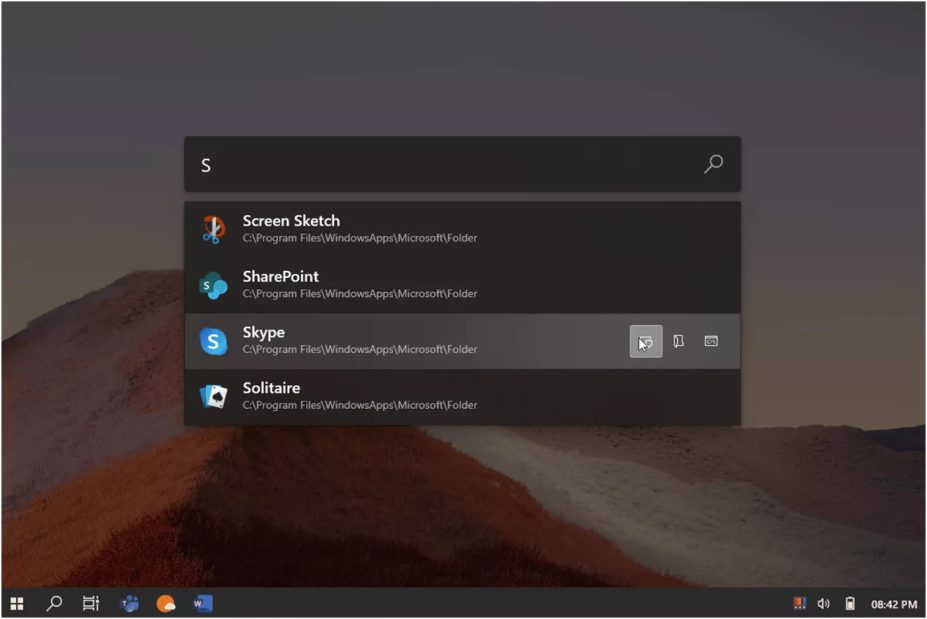
Or, you may have transferred photos from your camera, and stored them in a folder, but also added them to your Photos library.ĭuplicate files can cause problems.
#SYSTEM SEARCH UTILITY FOR MAC OS ARCHIVE#
Or, you may store certain files you’re working on in a folder, and then move them to an archive folder when a project is completed, but not delete the originals. And then later you may have forgotten you moved them and place them in a different location. You may have downloaded some files and moved them to an external drive, but not deleted them from your Downloads folder. (Technically, this isn’t true, because Time Machine uses hard links to indicate duplicate files, rather than storing multiple copies, but if you were to search a Time Machine drive for duplicates, these hard links would look like duplicate files.)Īccidental duplicates are the files that you don’t know are on your computer and can be located in more than one place. It contains copies of all your files backed up many times. The same thing is true with a Time Machine backup.

Most of the files have the same name in each backup, but these are technically not duplicates, since some of the more recent files are different from the older ones.

For example, I download a full backup of my website regularly, and one of my external drives holds these backups. Intentional duplicates may be different versions of the same file, or multiple backups of your files. And some of your personal files may actually be in your Library folder this includes your email messages and their attachments, for example.Īmong these millions of files, your Mac may contain many duplicate files, and there are two types of duplicates: intentional duplicates and accidental duplicates. Most of the files you’ve created are in your Documents folder, or in other media-specific folders inside your home folder: Music, Pictures, or Movies. Most of them are system files, preference files, bits of applications (an OS X application is actually a bundle, or a sort of folder containing thousands of files), and more. Naturally, you haven’t created all those files. You can see this number on your Mac by opening Disk Utility (which is in your /Applications/Utilities folder), selecting your drive, and then clicking the Info button in the Disk Utility toolbar-then scroll down to the File Count entry. Your Mac is full of files: big ones, small ones documents, music files, photos, videos, and system files. A quick check of my iMac’s 256 GB SSD shows that it contains more than 60 million files.

#SYSTEM SEARCH UTILITY FOR MAC OS HOW TO#
How To + Recommended Removing Duplicate Files on Mac OS X: The Complete Guide


 0 kommentar(er)
0 kommentar(er)
